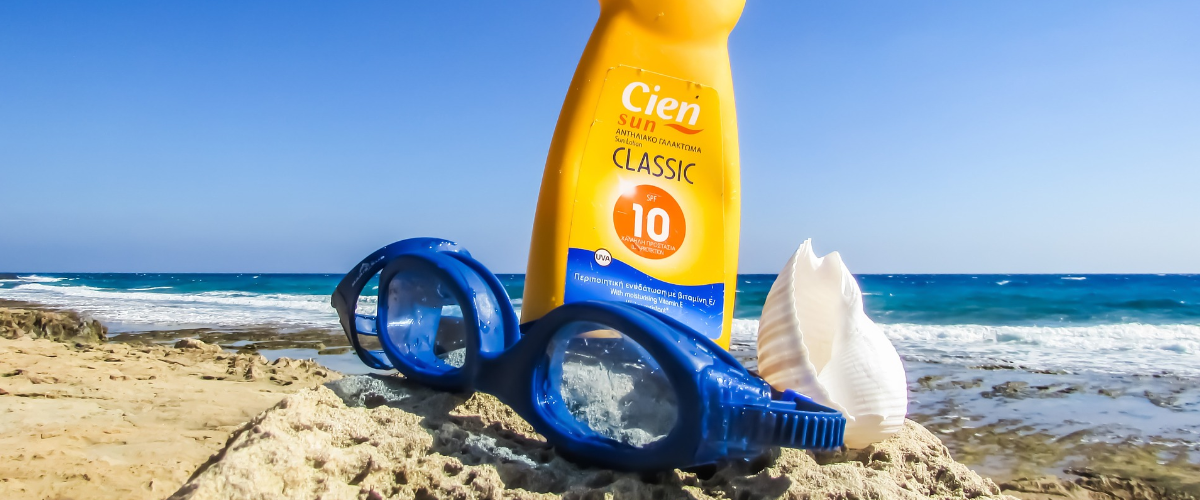The sun is beating down, and the risk of getting sunburned is pretty high. For most folks, you can just apply a layer of sunscreen. But for homesteaders and other off-grid folks, they may not have a ready supply of sunscreen. Is there any chance they can make their own.
The unfortunate answer: Not Really.
If you try and look up a DIY sunscreen recipe, you’ll find the same thing on multiple sites. They suggest combining coconut oil with walnut extract oil, aloe vera, and powdered zinc oxide. But there’s a handful of problems with this. The first is that, even when made correctly, the resulting product is notably less effective than commercial sunscreen. The second big issue is the ingredients; They’re not sustainable! This while they all have beneficial properties, they all have complications that would prevent it from being a valid prepper resource for sun protection.
A study by the National Institute of Health, held within the US National Library of Medicine, confirms that all of these ingredients do help, but some more than others. Let’s break it down one at a time.
- Coconut Oil: They found that this does block about 20% of the sun’s UV rays, the same as peanut, olive, and cottonseed oils. Sesame oil is a little stronger, blocking 30%. The main issue here is growability. You can’t just grow coconuts anywhere. Peanuts and olives might serve as a more environmentally diverse alternative. But that’s still a lot of work for a little but of protection.
- Walnut Oil Extract: While a number was not given, they also have mild sun protecting properties. But again, grow a whole walnut tree for a small boost to sunscreen?
- Aloe Vera: Technically speaking, this doesn’t block the sun, as much as it helps treat and prevent burns. By combining in a DIY sunscreen, you can hopefully offset potential burning and treat any burns that do occur. This is the only item on the list that we think is worthwhile, since Aloe is generally easy to grow and harvest and its gel has a wide variety of uses.
- Zinc Oxide: Here’s the real kicker. This ingredient is the biggest UV blocker on the list. It’s very effective and is commonly used in most commercial sunscreens. Any sunscreen without that won’t do that well. The problem, however, is that it cannot be made on your own. It’s produced in a lab for commercial use. Sure, you can buy a bulk container of the stuff every so often. But if that’s an option, why not just buy actual sunscreen
All in all, the study showed that no single item is going to be good enough. And that while a combination of ingredients would be ideal, they don’t know what combination would be best.
Our suggestion
Don’t try and rely on making your own homesteader’s sunscreen. Stick to traditional methods like clothing, hats, and keeping in shade. If you have Aloe gel, that’d be helpful, but don’t rely on it entirely.

